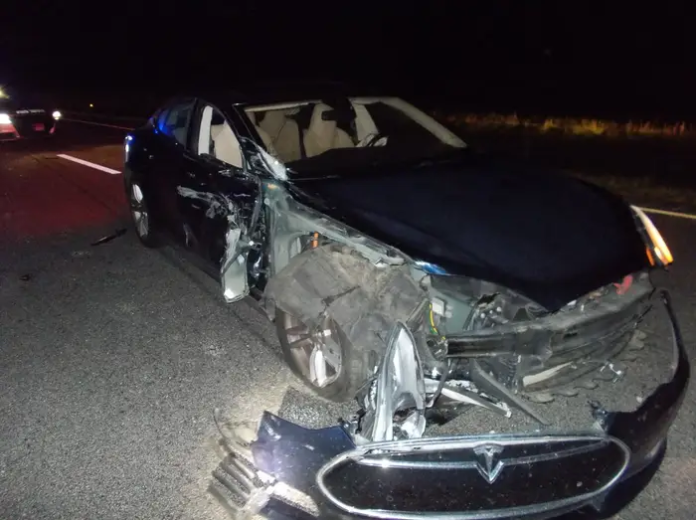By Aarav Sapra
In recent years, the possibility of autonomous cars dominating one of the many norms of having humans control a car in our status quo has risen to stakes where companies are investing billions of dollars to make lives much more manageable. Autonomous cars aim to provide enhanced safety. These cars, incorporated with AI, sensors, and cameras, have the potential to significantly reduce road accidents by eliminating human error. They also aim to provide a relaxing driving experience and an experience where the driver no longer has to worry about traffic congestion, maintaining a safe speed, and parking.
Yet there is a deep, dark secret hidden behind these realities. The most conspicuous example can be seen throughout the industry itself. Tesla, Waymo, and other car manufacturers are creating versions of autopilot software and implementing it in the car for an extra price.
In 2016, Elon Musk boldly claimed that Tesla autopilot is the future and stated that his cars are worth up to two hundred thousand dollars because of the software integrated into the car. He also stated that his software is more capable than an average driver. However, seven years later, this seems remarkably inconsistent; fatal accidents involving self-driving cars have made headlines, and the limitations of current systems are evident. Another example was shown during the Super Bowl in 2023. An advertisement known as the Dawn Project displayed the reality of autonomous cars. It showed a Tesla unable to stop at school bus stops. It cruised through do-not-enter signs and demonstrated that the car’s autonomous system was a fake reality far from being achieved.
The autopilot in these cars is trained to maintain its speed depending on the traffic ahead of the car and stay attentive to possible obstacles on the road. The truth is that these cars can only do well on highways. These self-driving systems cannot predict every possible combination on the road. This results in the car getting confused. It does not know what to do, so it speeds up and tries to alert the driver. However, this big stereotype we have created of self-driving cars is that they are more capable than humans. Moreover, most drivers on the road assume that these cars can go above and beyond solely because of how people frame these technologies. That is why we have multiple stories where an individual did not pay attention on the road while enabling autonomous driving, and seconds later, the car maneuvered into a pole, killing the driver.
Nonetheless, many people in our society are still risking their lives under the assumption that these autonomous vehicles are better drivers.

